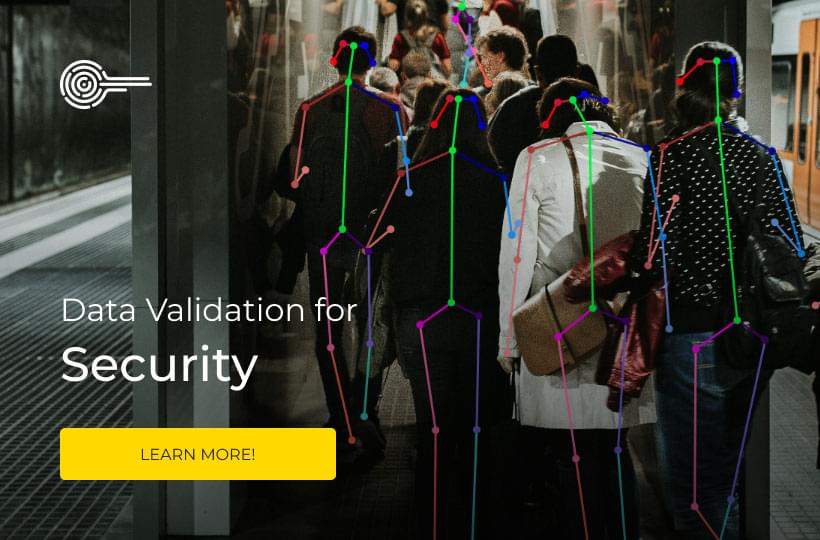Video Annotation is Essential for Security AI

Effective security systems make people feel safer. As a result businesses and public sector organisations are constantly looking to improve the security of their spaces. However, investing in security staff can be expensive, and proper security training can be a lengthy process.
In addition it can be difficult for even the most attentive security guard to spot every potential security threat in a large area. Because of this many businesses are turning to AI monitored security cameras. These systems can share the work of surveillance with human staff, increasing their ability to keep the public safe.
This blog will show how video annotation for AI training data is helping to create a new generation of computer vision security use cases. We will look at specific applications in this sector and show why video annotation is such a challenge. Finally we will identify the key benefits of outsourcing to video annotation specialists.
Video annotation is difficult
Video annotation is the process of adding labels to each frame of video. These labels create information that computer vision models can learn from. Video annotation allows AIs to recognise and interpret movement, which is important for many applications.
However, accurately annotating each frame of a training footage can be challenging. Even small sections of video can contain thousands of individual frames. As a result video annotation can be labour intensive, time consuming and expensive.

Important Security AI use cases
The advantage of video annotation is that it enables AI systems to analyse complex and dynamic environments. AI companies are using this ability to power a number of exciting security use cases:
Emotion recognition: Determining the emotional state of an individual can be an important security tool. People who are acting erratically or exhibiting extreme emotions could pose a threat to others. Emotion recognition AI models can identify the emotional state of humans by analysing facial expressions, body positions and movements. They can use this information to give security staff early warning of potentially dangerous behaviours.
- Biometrics: Biometric identification is a way of identifying people based on particular unique physical characteristics. This way of displaying ID could make airport travel and security procedures much quicker. AI systems can help to automate biometric identification, to make it even more efficient.
- Weapons and dangerous objects: Security staff may have to monitor a number of security cameras. As a result they can sometimes miss small objects like weapons or explosive devices. AI models can be trained to recognise the objects instantly. They can then alert staff who will take action.
- Tagging and tracking: AI can also help track people and objects as they move through busy spaces. This allows security staff to keep tabs on suspicious individuals and suspect packages.
Tracking with Security AI
Video annotation services matter
As has been shown video annotation is essential for many security AI products. However, it can also be an expensive distraction for AI companies. Keymakr offers powerful video annotation expertise to security AI pioneers:
- Responsive troubleshooting: Keymakr’s annotation platform offers a range of project management and performance monitoring options. This functionality means that troubleshooting is easily communicated. Tasks can also be assigned on the basis of performance.
- Unique annotation tools: Keymakr’s service is designed for video annotation. Multiple annotators can work on one piece of footage at the same time. Their work can then be seamlessly blended together. This makes video labelling faster and more accurate.
- Commitment to quality: Keymakr’s in house team is led by experienced managers. This is ensures that annotation quality remains high.




